A teacher stands in the front of the classroom and talks. Students are listening, maybe taking notes. After the lecture students write their notebooks and fill out exercises. Sounds familiar?
This model of teaching where a teacher pours information and pupil´s role is just to listen and sit still, is an old school method. Sometimes there is a place for this model as well, but if it is the only teaching method in the class, all skills (in learning, socializing, collaborating) will become narrow.
Let’s think about the modern society and its requirements of individual´s skills in working life.
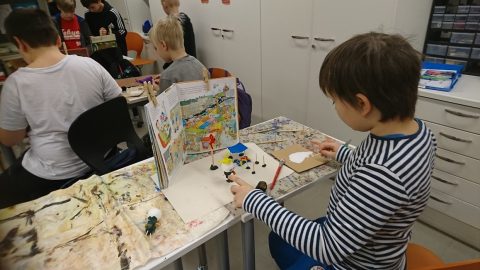
How the old teaching method is related to them? Let’s imagine the situation: a person goes to a job interview, and will be asked “what are you good at?” Will she/he answer: “I am very good at listening and sitting still”.
The society and working life requires skills where a person is able to negotiate, collaborate and learn him/herself. These skills develop through every person´s life, beginning in the childhood. It is important that these skills are being practiced in school as well.
Additionally, researches have pointed out that activating learning methods are more efficient way of learning. Activating methods increase pupil´s involvement, motivation and attention but also develop certain cognitive aspects better than traditional teaching. Activating methods develop skills in capability in analysis, synthesis and evaluation. Also, the activating methods increase helpfulness, empathy and other social skills.
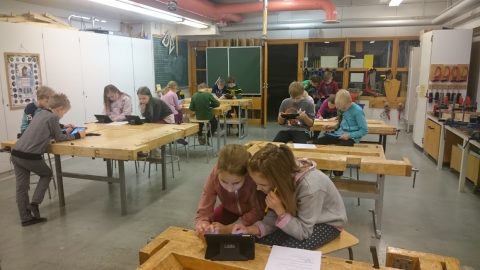
But how is it done? Students in different age need different methods. Even the pre-primaries benefit from activating methods and it is very important to start early: variations in methods create a rich learning environment. The traditional teaching is only one part, and it still has an important role in creating peace and safety in classroom.
The first small step is to activate a traditional lesson. A notebook lesson can be activated with small plays, games and discussions. LessonAppis a Finnish mobile app for designing lessons: for me it is a “bank” for all my favourite activating methods. Sometimes activating method is about creating small “buzz groups”. Stundents´ discussions and conversations create new information, assess old knowledge and solve tasks. LessonApp offers many ways to use these methods in different subjects and with various age groups.
The co-operative learning is one of my favourite methods.
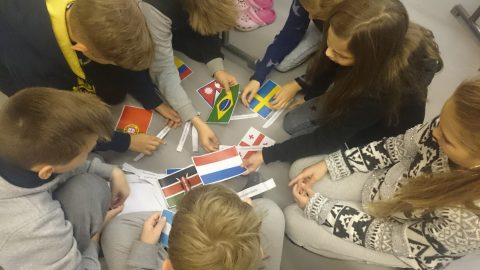
Students work in teams of 4 or 5, and every student has been given a role: a leader, a secretary, an observer, an encourager, an organizer. The roles and tasks will be told and learned. Then the team works together. The co-operational learning team can be used in every day situations: leader is the one who takes care of leading his/her team outdoors or to wash hands. The teams work together with given topic during the lessons. The roles change every day so everyone has a chance to have every role. This method is excellent with every age group, from pre-primaries to adults. Believe me, this has been tested!
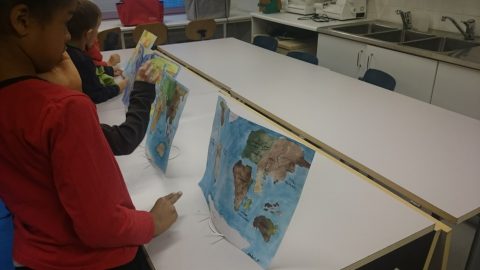
On the next level, activating methods make a teacher to abandon the notebooks: they are not always relevant in learning and assimilate information. New things can be studied in learning labs and workshops. New digital environments guide through learning and a teacher can be supportive mentor instead of an information pouring character. New learning environments can also be found in school’s hallways, gym halls and especially outdoors. School hunt is a method for primaries outside the classroom. It unites learning and movement and can be used in math, languages, science, history, religion. Detailed instructions can be found in LessonApp.
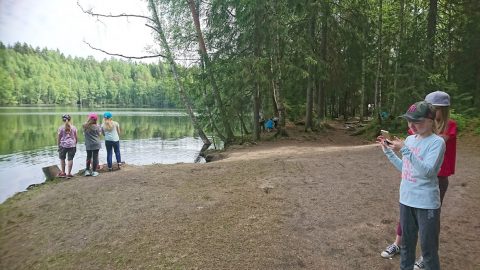
Buzz groups and school hunts are examples of easy, quick methods. They give inspiration and participation in student´s learning in short term: buzz groups last only certain part of a lesson, school hunt takes 1-2 lessons. Long term activating method is project based learning. A teacher´s role is to create the topic and the schedule, give information, be a guide and support during the project. The project can be a research made by pairs or teams, a portfolio or a poster. It can be a project called “design you own school week”. The teacher gives topics and subjects of the week and students decide in their learning teams, how they do the week´s topics. The project can last only one day or only history lessons during one month, or it can last several months, few hours every week.
It is good to remember that not all methods are good in every classroom.
The self-imposed learning and projects can be very difficult for a child who has problems for example in directing attention and self-control. They usually need very structural routines. They may have to struggle too much with long term, unprompted projects. Remember, professional-made notebooks have their place! Small activations like buzz groups suit for everyone and surprisingly, co-operative learning method with given roles help also kids with special needs to participate.
Learning by doing is an old way of teaching, this wheel was invented long time ago. Researchers have studied this for decades: a human being learn more, deeper and better, if they can DO.

Kaisa Tuomarla
Class Teacher, Pedagogical Specialist
References/articles/researches:
Binek-Rivera & Mathews, 2004
Bonwell & Eison, 1991
Guthrie & Cox, 2001
Stewart-Wingfield & Black, 2005
Anderson & Krath-wohl, 2001
Bloom, Engelhart, Furst, Hill & Krathwohl, 1956
Bonwell & Eison, 1991; Hackathorn, et al., 2010
Donovan, Bransford, & Pellegrino, 1999
Driscoll, 2002
Rubin & Hebert, 1998
Serva & Fuller, 2004
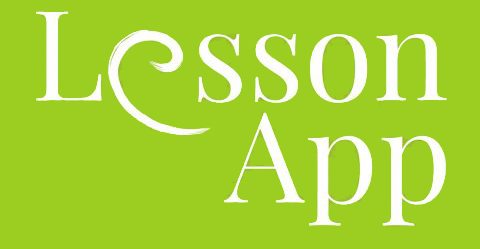
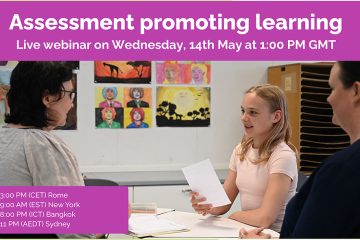

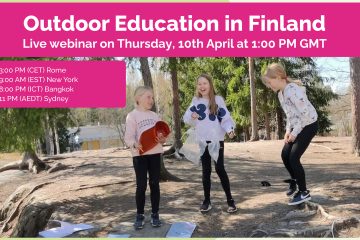

0 Comments